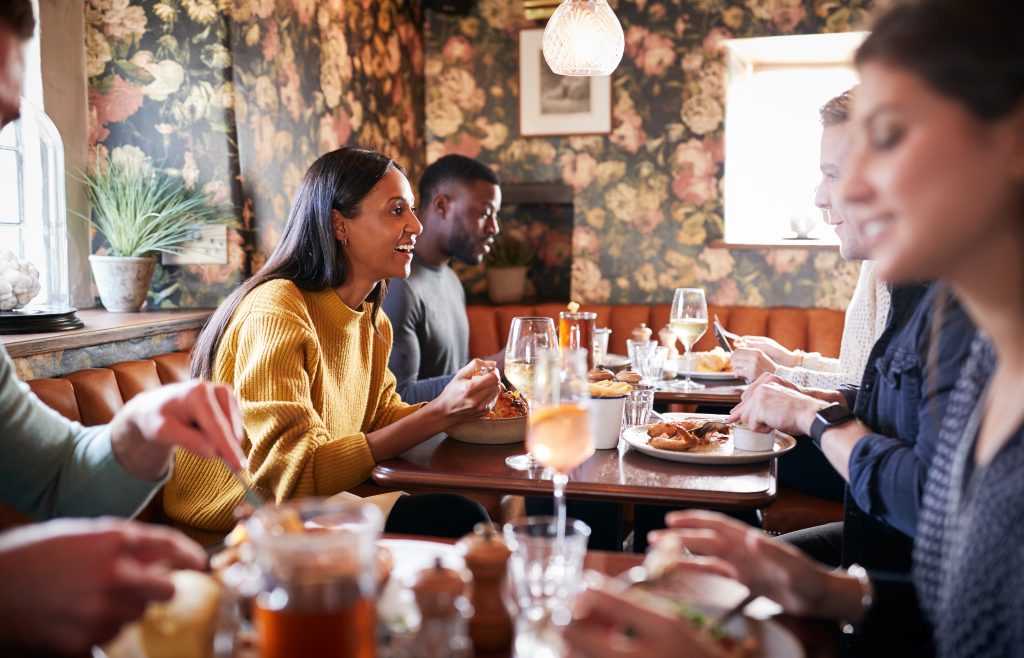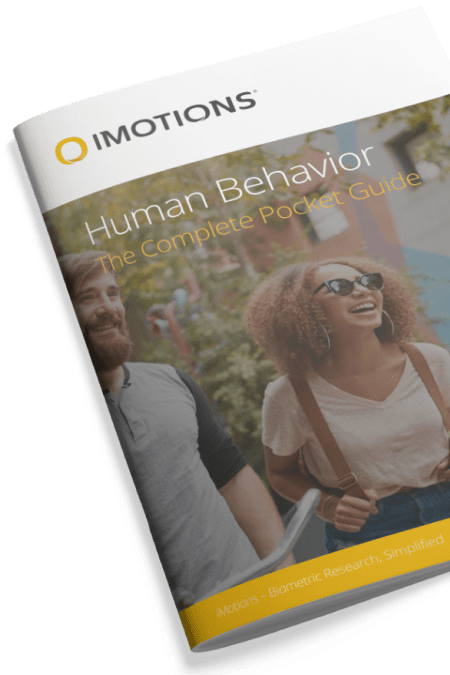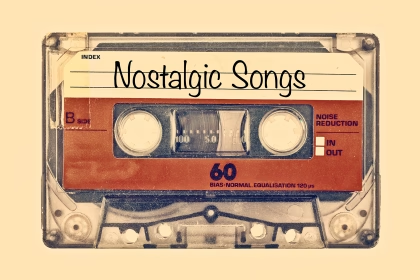What if the tenets on which you built something were all wrong? If those “tried and true” consumer insights were no longer valid? Restaurants are the latest industry to understand the faultiness in relying on conventional wisdom to make decisions that affect profitability, particularly menu profitability.
For more than 35 years, eateries have primarily relied on the 1987 Gallup Report “Through the Eyes of the Customer” to guide menu development. One key finding – which became standard industry practice for decades – was that consumers read menus in a book-like reading pattern – left-to-right and top-to-bottom.
Except that they don’t. At all.
In a 2021 study – conducted by a first-of-its-kind partnership between Revenue Management Solutions (RMS), University of South Florida (USF), and iMotions – researchers used biometric technologies to uncover nonconscious consumer behaviors that challenged conventional wisdom. Insights that now are changing how restaurateurs design menus and increasing profitability.

While the findings may be specific to menu design and layout, there’s broader applicability.
- Place high-profitable, best-selling items to the right. Eye-tracking revealed customers read menus in a “T” pattern, navigating predominantly to the right of the center and often missing items displayed on the left side of a menu.
- Persuade when customers are most open to persuasion. Most current online ordering systems suggest add-ons immediately before paying, however, just 2% of customers act on a recommended add-on once they start the checkout process. Customers are likelier to change their minds or add items while exploring the menu or affirming their initial choices (adding items to the cart).
- A picture is worth a thousand
wordssales. Research showed that customers spend just 10 seconds in any particular menu category, suggesting lengthy descriptions be swapped for high-quality photos that encourage the customer to read more.
- Less is more. With attention spans declining and “wild scrolling” on the rise, restaurants that use simple navigation systems and clean designs will be able to better guide customers to where they want them to go – and avoid abandonment. Mobile and desktop are surprisingly similar. When exploring the menu, customers spend the same amount of time on a desktop as on a mobile device. Yet, they see far fewer items/descriptions/photos on a mobile device.
What once was, is no longer
The restaurant industry is the latest industry to recognize how the study of nonconscious behaviors using multimodal biometric technologies can challenge conventional wisdom and unlock new opportunities. Consumer preferences, habits, and lifestyles constantly evolve and what were once impactful perspectives change.

Advertising and entertainment long ago recognized that consumers couldn’t express their feelings without bias on a moment-by-moment basis. Travel and other experiential industries have seen limitations in depending upon surveys alone to gain insights into what motivates behavior. CPGs increasingly see the importance of analyzing nonconscious behavioral drivers in a rapidly changing sales environment.
In fact, Duracell completely revamped product development after its studies revealed that long-held beliefs about consumer desires were, in fact, false.
Modern marketers are obsessed with data. And, rightfully so. It can provide the insights that drive strategy, direction, and even revenue. But data on its own isn’t necessarily helpful. It needs to be the right data, with the right analysis. It needs to be able to tell you not only what happened but why it happened. Otherwise, you risk damaging your brand and limiting your sales.
Those willing to tap into these modern tools and technologies will better understand today’s consumers and emerge most successful, while those who choose to stick with the status quo will fall behind. It’s true what they say…the most dangerous phrase in business is ‘We’ve always done it this way.’
Free 52-page Human Behavior Guide
For Beginners and Intermediates
- Get accessible and comprehensive walkthrough
- Valuable human behavior research insight
- Learn how to take your research to the next level












